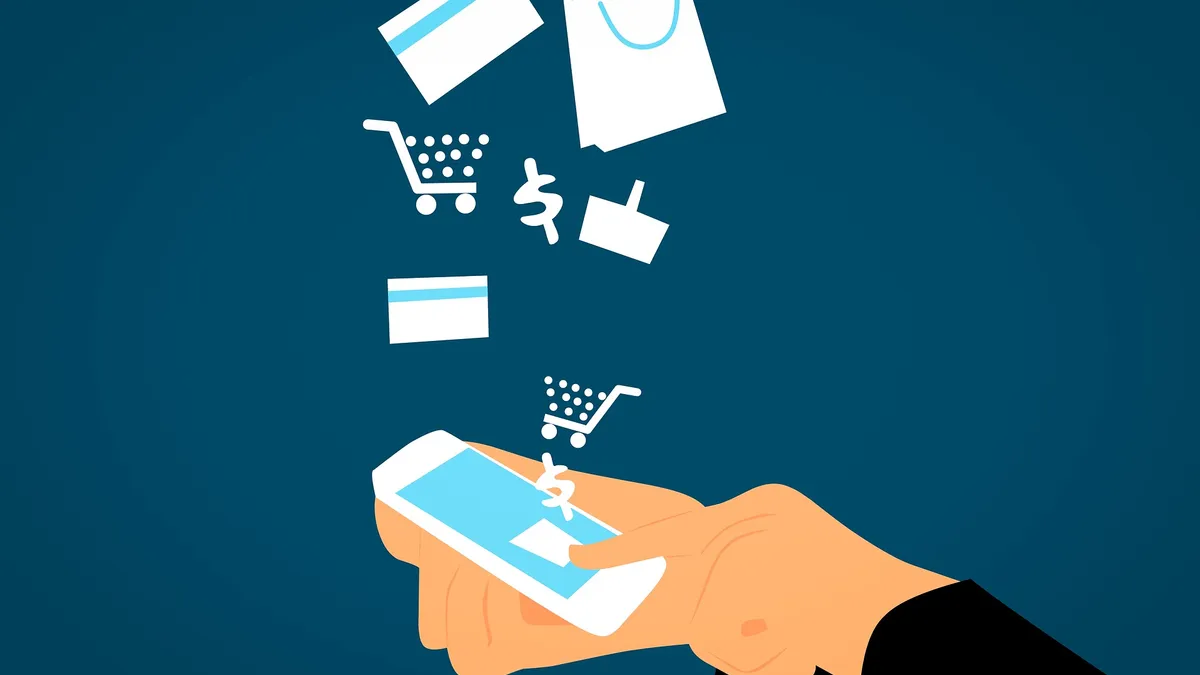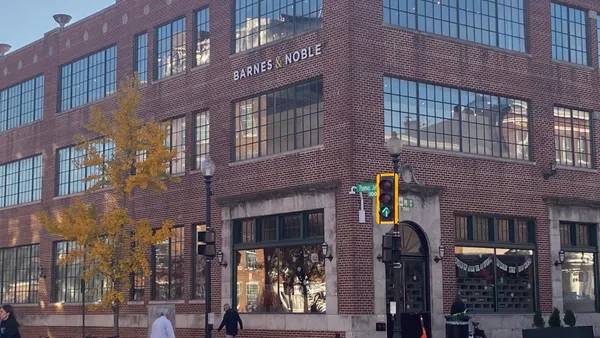Despite the fast-paced growth in online retail sales, checkout conversions and cart abandonment are still a huge problem for many retailers—particularly on mobile, where conversion rates are around half of those on desktop.
While consumers spend more than half their time on mobile devices, the channel only accounts of 20 percent of all dollars spent.
The e-commerce journey isn’t just about getting shoppers to the payment page; it’s about engaging them in the entire process—across multiple channels—so that when they reach checkout, they’ll actually want to convert. According to the PYMNTS.com January 2018 Checkout Conversion Index, the average time to check out on websites is 2.65 minutes.
The same study indicates that $200 billion in sales are lost each year due to friction in the checkout process, which is roughly a 50 percent abandonment rate.
Of the shoppers who abandon their carts, one in four customers, or 28 percent, indicate a long or complicated checkout process as a reason they didn’t complete the purchases.
This falls second only to high costs (which deter 60 percent of those who abandon their carts) and having to create an account at checkout as the primary reasons users abandon their purchases.
One way to reduce those pain points is by innovating at the point of sale.
Traditional legacy systems are clunky, difficult to upgrade, have out-of-date security features, and can’t keep up at the rate a digitally focused economy demands. Savvy shoppers will take note of retailers with inconvenient checkout options or those that don’t offer flexible and alternative payment methods, so it’s crucial for e-commerce retailers to adopt new technological innovations that align with consumer expectations and needs.
With an increasing number of alternative online payment options becoming available, the consumer shopping journey is becoming shorter and easier. The integration of checkout and financing solutions earlier in the funnel allows retailers to introduce payment options at multiple touchpoints, which can be used as a tool to keep customers engaged, inform consumers about their purchasing power, and facilitate higher conversion rates.
We’re already seeing that happening with POS lending technology solutions like Bread, which offers a full-funnel, white label financing solution designed to reduce friction and integrates seamlessly with numerous e-commerce platforms. By allowing customers to pre-qualify for financing before they even add items to their carts, retailers have the ability to transform the shopping journey and offer diversi ed loan products that inform customers about their purchasing power, reduce pain points, and boost sales.
What does this mean for retailers?
The key to driving conversions is creating a faster checkout process. It takes an average of 22 clicks to check out online. This process is burdensome for shoppers and creates an even greater challenge on mobile.
While mobile shopping continues to account for a greater percentage of e-commerce spend, many retailers continue to struggle with mobile conversions. Retailers can boost their mobile conversion rates by innovating their payment strategies to deliver a smoother experience, reduce the number of steps to checkout, and allow the consumer to complete the purchase while staying on the page.
Sending a shopper off-site, as is the case with payment methods such as PayPal Credit, disrupts the shopping journey and increases the chance the consumer won’t return to the retailer’s site to complete the purchase.
Alternatively, providing an uninterrupted checkout experience that is conducted on a retailer’s own page—without adding extra clicks, sign-ins, or forms—increases the chance a shopper will convert. Retailers should capitalize on technologies that not only provide an optimized checkout experience, especially on mobile, but also offer consumers more ways to pay, thus leading to fewer opportunities for cart abandonment










